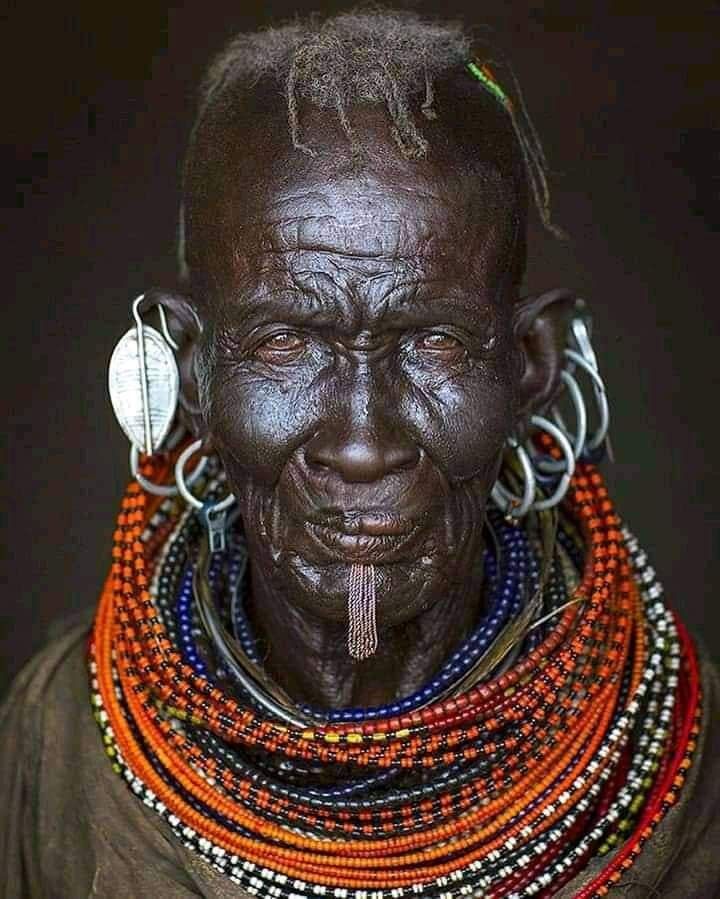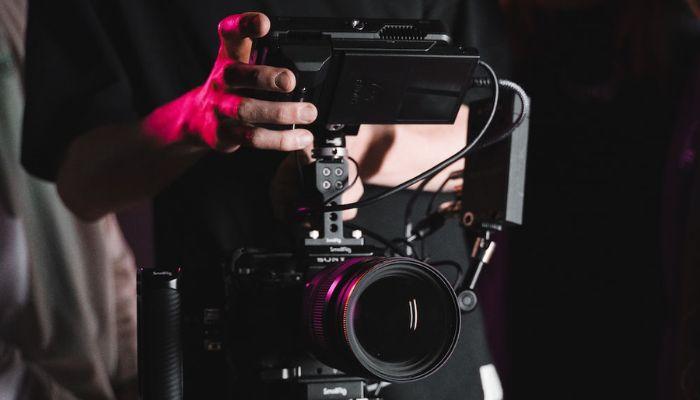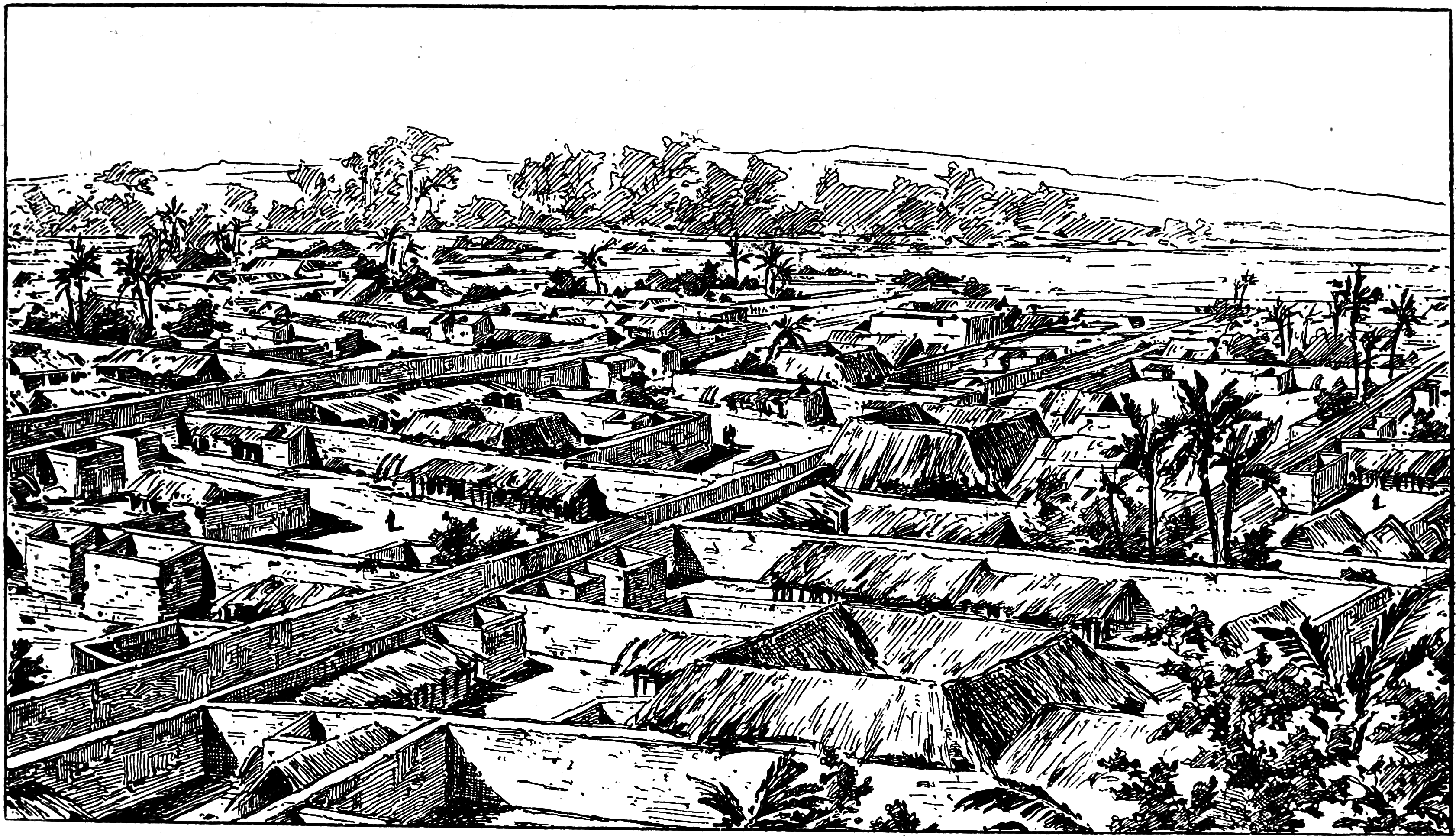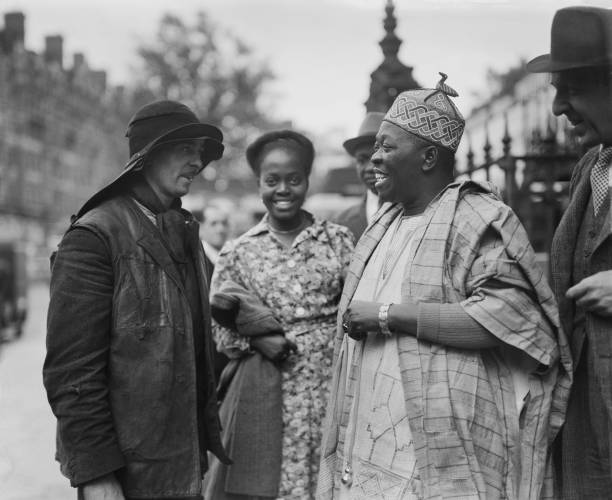Celebrating Diverse Cultures in the Classroom

Teaching diversity in elementary school is a powerful approach to building understanding, kindness, and respect among young students. When children learn about varied backgrounds, they naturally develop empathy, see differences as interesting rather than scary, and are less likely to form stereotypes. This early exposure helps kids feel proud of their own culture while becoming more open to others, preparing them for a diverse world where they will interact with people from all walks of life. It also enhances critical thinking as students learn to question and compare different perspectives, ultimately fostering inclusive classrooms where every child feels valued and belongs.
Key principles for planning effective diversity activities involve active engagement and collaboration. Teachers should consult families, who are invaluable resources for sharing traditions, and ensure activities are hands-on, allowing children to learn by doing. A mix of activities—incorporating food, art, music, and games—can cater to diverse learning styles. It's crucial to embrace mistakes as teaching moments and allow children to lead sometimes, fostering curiosity and genuine connections. The aim is to integrate diversity seamlessly into the everyday reality of the classroom, making it feel natural and respectful.
A wide array of cultural celebration activities can transform a classroom into a global experience. An "International Food Day" encourages students to share dishes and recipe cards, connecting with cultures through taste and storytelling. A "Traditional Clothing Show-and-Tell" allows children to display and explain cultural garments, fostering appreciation for their beauty and meaning. Designing a "Holiday Traditions Around the World" calendar and organizing mini-celebrations helps students understand global customs. A "Cultural Music and Dance Festival" enables movement-based learning about how cultures express joy and tell stories. "Heritage Month Deep Dives" can immerse students in specific cultures through decorations, guest speakers, and research on influential figures. A "Family Recipe Exchange" compiles personal cultural stories and cooking techniques, while a "Cultural Artifact Museum" turns students into curators, sharing meaningful objects from their backgrounds.
Language and communication diversity activities highlight how people share ideas globally beyond spoken words. Creating a "Hello in Different Languages Wall" makes linguistic diversity visible and validates multilingual students. "Multilingual Storytime" invites native speakers to read, allowing children to experience the rhythm and emotion of different languages. Introducing "Sign Language Basics" promotes understanding of visual communication and deaf culture. "Digital Pen Pal Connections" foster real-world friendships and cultural exchange with classrooms worldwide. A "Class Our Dictionary" celebrates linguistic diversity within the classroom by compiling important words from families' heritage languages. "Language Detective Week" encourages investigative learning about different world languages, their origins, and spread. A "Translation Telephone" game comically demonstrates the complexities of cross-cultural communication.
Art and creative expression offer unique avenues for cultural exploration. "Folk Art Exploration" involves studying and creating art forms like Mexican papel picado or Japanese origami, understanding their cultural significance. "Pattern Detectives" examine geometric patterns in various cultural textiles and pottery, connecting art with mathematics. "Mask Stories" involve exploring masks from different cultures and creating unique versions. "Symbol Collectors" research cultural symbols like the lotus flower or Celtic knots, understanding how ideas are shared non-verbally. A "Classroom Flag Project" teaches about national identity and democratic design. "Community Story Quilts" allow students to create individual squares about their family stories, combining them into a collective history, while "Recycled Music Makers" combine cultural learning with environmental awareness by building instruments from available materials.
Literature and storytelling activities build empathy by allowing students to engage with diverse experiences. "Diverse Book Clubs" encourage discussions about characters from various backgrounds, fostering self-reflection and empathy. A "Folktale Drama Club" turns cultural folktales into plays, revealing universal lessons and building confidence. "Living History Reports" empower students to research and embody inspiring figures from diverse backgrounds, making history personal. "Family Journey Maps" help kids understand migration by charting their families' travels across generations. "Author Video Calls" connect students with diverse authors, illustrating how culture shapes storytelling. Comparing "Same Story, Different Versions" (e.g., Cinderella) teaches critical thinking about cultural interpretations of universal themes. "Classroom Legend Creation" applies cultural storytelling traditions to create unique classroom myths.
Interactive diversity learning activities provide hands-on practice in cultural competency. A "Culture Walk Simulation" allows students to practice greetings and behaviors from different cultures, fostering respect for varied social norms. "Human Bingo Discovery" reveals the inherent diversity within the classroom, connecting students through shared and unique experiences. "Myth Busting Workshops" teach critical thinking by challenging common stereotypes with factual research. "Community Helper Interviews" with local workers from diverse backgrounds break stereotypes about jobs and careers. "Virtual World Tours" enable classroom travel to famous global sites, inspiring interest in the wider world. "Global Game Day" introduces playground games from different countries, showing the universal joy of play. Finally, a "Unity Chain Challenge" visually represents how individual differences contribute to a strong, connected community.
For teachers, creating meaningful diversity activities means avoiding stereotypes and tokenism. It involves showcasing modern life, including multiple perspectives, and connecting cultural practices to students' daily experiences. Traditional clothing should be treated with respect, not as costumes. Families should guide the process, and cultures should be presented as living and evolving, not frozen in time. The language used should avoid making differences seem
You may also like...
Who Is To Blame For Floods in Nigeria?

From local government budgets to digital tools tracking public spending, explore the root causes of flooding in Nigeria—...
The Nilotes: Africa’s Tallest and Darkest-Skinned People

This deep-dive unpacks their striking physiques, ancient migrations, and enduring cultural traditions. From cattle pasto...
From Skit to Screen: How Instagram Comedians Are Taking Over Nollywood

Instagram comedians like Layi Wasabi, Taooma, and Lasisi Elenu are redefining Nollywood stardom. From short skits to maj...
Beyond the Headlines: Decoding Africa's Self-Determined Evolution

Forget outdated narratives. Africa is forging its own future, driven by youth, tech, and a powerful reclamation of ident...
The Bini Empire Had Streetlights Before London: What We Were Before We Were Colonized

Before colonization, the Benin Empire was a thriving civilization with urban planning, advanced politics, and even stree...
Who Sold Nigeria? A Journey into the Royal Niger Company and the Auctioning of a Nation

The Royal Niger Company "sold" Nigeria to the British government for £865,000 in 1899. This transaction marked the trans...
How Africa Is Winning With Digital Payments
(9).jpeg)
Africa’s fintech revolution is redefining digital finance. From M-Pesa to blockchain innovations, discover how mobile mo...
Africa’s Food Crisis: How Climate Shocks and Global Politics Threaten the Continent’s Plate
(7).jpeg)
Africa’s food crisis is deepening as climate change, soaring prices, and global politics threaten millions. Discover how...
Recommended Articles
Blue Ocean Waves Names Jolene Dias Founder to Inspire London Arts

Jolene Dias, the full-time wheelchair user and founder of Blue Ocean Waves, is transforming London's performing arts sce...
Celebrating Diverse Cultures in the Classroom

Discover how teaching diversity in elementary schools fosters empathy, breaks stereotypes, and creates inclusive learnin...
Emir Sanusi States Nigerian Elites Don't Understand Poverty

Emir of Kano, Muhammadu Sanusi II, has highlighted the disconnect between Nigerian elites and the reality of poverty, sh...
The African Podcast Boom: How Storytelling is Redefining Media Across the Continent
.png)
African podcasts are reshaping storytelling, blending tradition with digital innovation. Explore how creators amplify vo...
Sitaare Zameen Par Box Office Success & Impact

Aamir Khan's latest film, "Sitaare Zameen Par," exemplifies his unique approach to filmmaking, prioritizing heartfelt st...